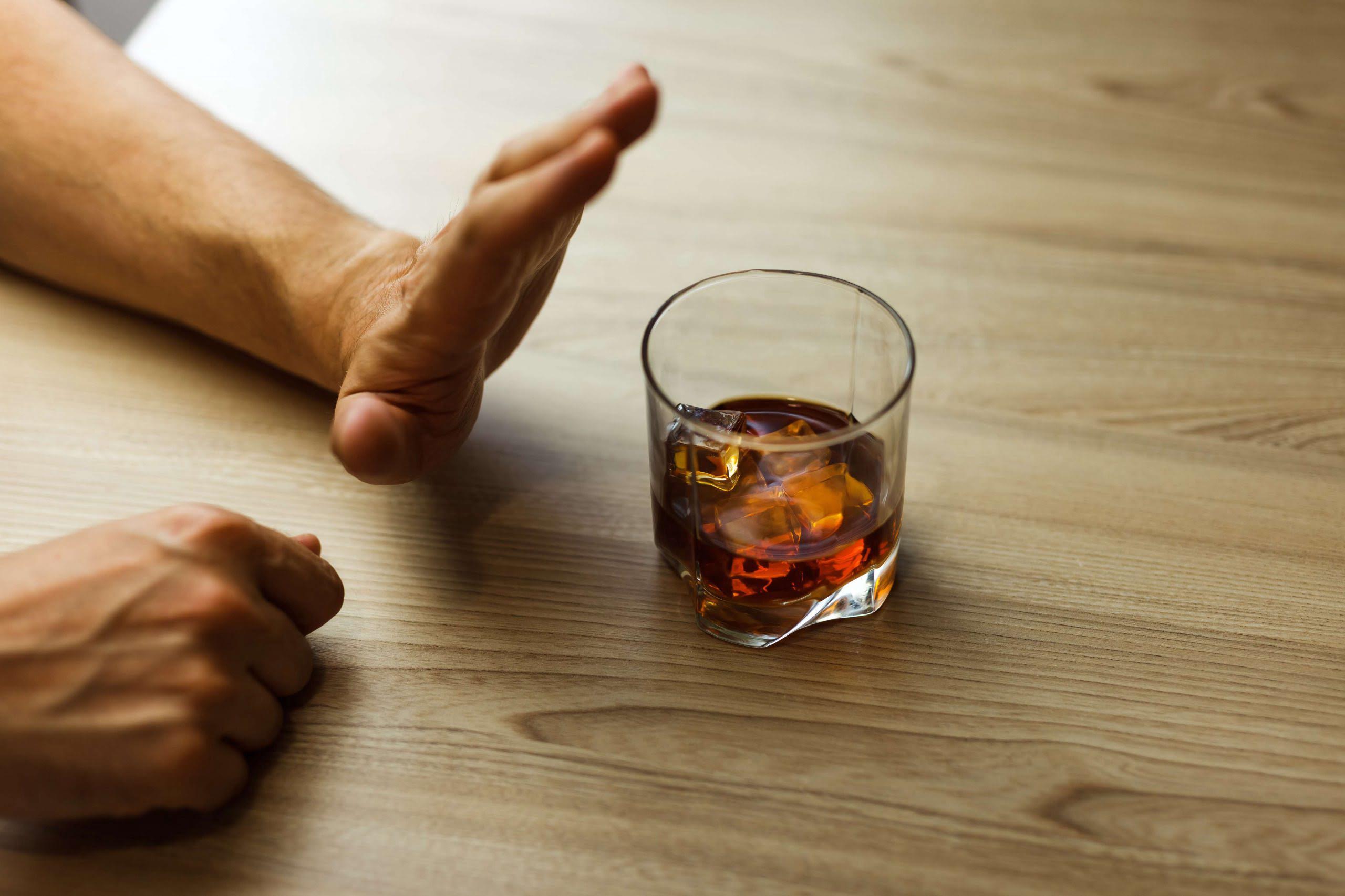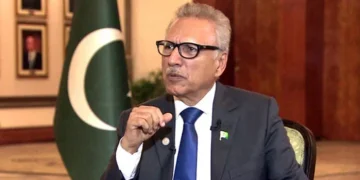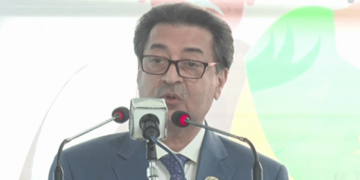If local resources are scarce, the digital realm offers a wealth of opportunities. From online art therapy courses to virtual group sessions, the internet is teeming with resources for budding art therapy enthusiasts. The rhythmic motions of brush strokes, the blending of colors, or the molding of clay can be meditative. Engaging in these activities often induces a state of ‘flow,’ where external stresses fade away, and the individual is fully immersed in the creative process.
Art and Creativity in Addiction Recovery: Healing Through Expression
Think about those family members who have supported you and given you strength, and paint a representation of them. Paint positive memories or moments in an abstract art form. Draw or paint the emotions you felt when you had a spiritual experience. Think about something that frightens you and use your tools to give it form, color, and shape.
Individualized, evidence based treatment, to fit your needs.
Remember that the purpose of discovering new addiction recovery art project ideas is to concentrate on your unique journey. Dr. Natale seeks to empower individuals with knowledge, fostering a greater understanding of mental health and encouraging a proactive approach to well-being. They use art to help adults and children manage or overcome various mental health concerns. If you have benefited from art therapy in the past, you might be able to help others in their self-discovery. Even if you’ve never experienced art therapy for addiction treatment, we believe these ten prompts are easy enough for you to get started in a non-intimidating way.
Easy Art Therapy Exercises for Beginners

These modalities promote self-expression, boost self-esteem, and provide avenues for confronting personal challenges. Mindfulness-based activities like drawing, coloring, or shaping clay focus on present-moment awareness, reducing anxiety and stress. Engaging in drug addiction treatment these activities has been shown to significantly reduce symptoms of trauma and depression.
- Introducing art into your work with clients can be powerful.
- Seeing one’s work as a part of a bigger picture can be empowering and affirming.
- This process is crucial for individuals in recovery, as it helps rewire the brain’s reward system, which has been hijacked by substance abuse.
Mindful Nature Photography Projects To Inspire Your Creativity
Completing monotypic casts on a separate sheet with a search for deep saving meanings is a very effective art therapy crafts. New technology has transformed art therapy by introducing innovative tools and methods that enhance therapeutic practices and increase accessibility. Digital drawing and painting software like Adobe Photoshop, Corel Painter, and Procreate offer versatile virtual brushes, colors, and textures, making the creative process more engaging.
This is suitable for those in a situation of choice in making vital decisions. This personalized art therapy project emphasizes self-expression and identity beyond the bounds of mental health struggles. It’s a creative reminder of your unique qualities and the distinct elements that comprise your personality. By incorporating symbols or designs that resonate with your heritage, aspirations, or passions, you’re not just crafting art, you’re depicting the mosaic of your individuality. Moreover, visualizing a friend’s name through their lens fosters empathy and a deeper understanding of their essence.
creativetherapyideas
After the piece has been made, have a conversation about what the piece means, what’s reflected within it, and the author’s creative process. This can shed some light on their inner dialogue and point you to ways you can help them. While music therapy is its own entity, music can be used in art therapy to bring emotions to the forefront.
The Role of Stress Management in Sustaining Sobriety

The beauty of art therapy lies in its ability to bypass the conscious mind’s defenses, allowing individuals to explore and express feelings they may not even be aware of. It’s like opening a window to the soul, letting in fresh air and light where darkness once prevailed. As paintbrushes dance across canvases and clay takes form under gentle hands, a profound transformation begins to unfold. This is key, because language often fails to fully communicate the intense emotions involved in the recovery process. Art therapy can offer a release of emotions and provide a tangible object you can discuss with a therapist and others. Art can also be an effective tool to combine with other aspects of treatment such as detox, counseling, and support groups.
Group Therapy and Art: A Powerful Combination
An ever-growing body of research stands proof to the effectiveness of art therapy in addiction recovery. In situations of ddiction recovery, art therapy emerges as a beacon of hope, using the transformative power of creativity to help in the healing process. I turn to art therapy art therapy ideas for adults in recovery because it offers a fresh lens through which to view the recovery journey. Hayley is a licensed counselor, art therapist, practice owner, and trainer from Pittsburgh, Pennsylvania. Hayley has worked in the mental health field for 20+ years, helping both clients and clinicians.
Art Therapy Worksheets: Practice Mindfulness on a Coloring Page

Prompts are carefully designed to address therapeutic goals and mental health needs. Each mandala coloring page we have https://ecosoberhouse.com/ provided you also includes a positive affirmation. Including the affirmations uplifts emotions and helps reduce feelings of anxiety. As clients color the mandala, they also see the uplifting message on the worksheets, boosting emotions.
Skilled art therapists work to create a non-judgmental environment, emphasizing the process over the product and encouraging self-expression without the pressure of artistic perfection. For those unable to attend in-person sessions, at-home art therapy exercises can provide ongoing recovery support. Simple activities like keeping an art journal or engaging in daily sketching can help individuals maintain their connection to the therapeutic benefits of creative expression. Online resources and virtual art therapy sessions have made these practices more accessible than ever before.
style=”display:none;”>





















































